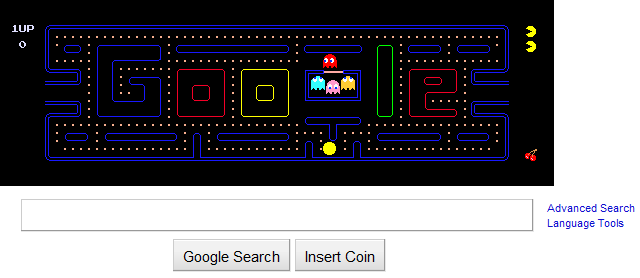


"Google's annual April Fools tradition … normally only lasts a day," Tantalo says. Pac-Maps must die so a tradition of tomfoolery may live on. Even though it doesn't seem to affect maps performance, it is by definition meant to be a one-time deal. The result was one of Google's finest April Fools' Day stunts ever. According to Google, the project took a couple of months to get working and running smoothly across the various screen sizes and platforms Google Maps runs on. The "cross-functional effort" was coded using a number of languages, including Objective C, Java, and Javascript. From there, the entire Google Maps team got to work. Google worked closely with Namco (owners of the original Pac-Man game), but wouldn't discuss particulars of the deal. "It's not a stringent process that we have in place here," said a spokesperson said. No one involved in the project could offer many specifics about how the project was pitched and approved, however. Tantalo built a demo to present to his team, and a Google spokesperson says "the idea was an easy sell, to say the least." The project was approved for Google's 2015 arsenal of April Fool's pranks. He and Radcliffe devised the rules that eventually would become Pac-Maps. When Tantalo rejoined Google in 2012, the new technology within Maps made the Pac-Man mod possible. "(And) place pac-dots, power pellets and bonuses, and enable Pac-Man and ghosts to traverse it." "The vector tiles allow us to use just the road network to create the maze," Tantalo says.


 0 kommentar(er)
0 kommentar(er)
